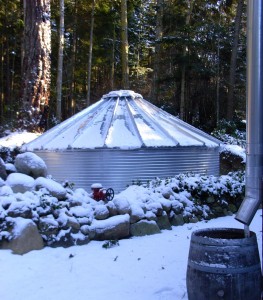 Rainwater collection is becoming increasingly popular, driven by centralized water and sewer systems unable to meet demands, incentive programs offering rebates (much like solar), water quality, availability, and cost increases from our municipal sources.
Rainwater collection is becoming increasingly popular, driven by centralized water and sewer systems unable to meet demands, incentive programs offering rebates (much like solar), water quality, availability, and cost increases from our municipal sources.
Decentralized water systems design and implementation need to be regulated for public safety. ARCSA (American Rainwater Catchment Systems Association) has helped to write code, along with ASPE (American Society of Plumbing Engineers) and ANSI (American National Standards Institute) to insure that strict guidelines are met.
RainBank Rainwater Collection Systems recommends that when hiring a designer or contractor for your rainwater harvesting system, ask if they are an ARCSA accredited or certified professional. Members have been trained and are required to have continuing education in order to provide a SAFE source of water. Be sure the designer has experience in the field of water systems and that your contractor has knowledge and experience in 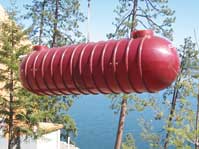 installation.
installation.
A well designed and installed potable system will provide your household with quality, safe, and reliable water for years to come. Non potable systems also need to be designed with use in mind. Proper sizing and components will be essential in the system’s performance.

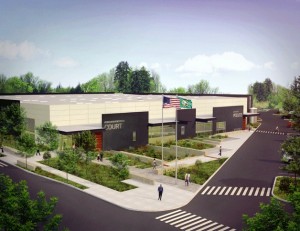
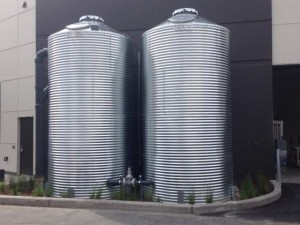 the soil during watering will reduce the building’s stormwater runoff and save money by not using city water.
the soil during watering will reduce the building’s stormwater runoff and save money by not using city water.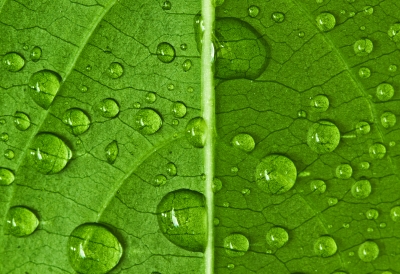
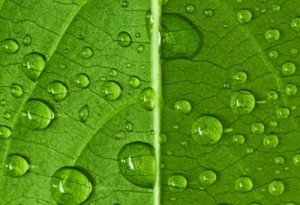 Here in the Seattle area we are fortunate to have enough rainfall to sustain a rainwater collection system year-round. Whether a rainwater catchment system is designed to supplement city water usage, or a larger system designed at the sole source of water for your home, a rainwater collection system will save money on water bills and provide good clean drinking water for your home.
Here in the Seattle area we are fortunate to have enough rainfall to sustain a rainwater collection system year-round. Whether a rainwater catchment system is designed to supplement city water usage, or a larger system designed at the sole source of water for your home, a rainwater collection system will save money on water bills and provide good clean drinking water for your home.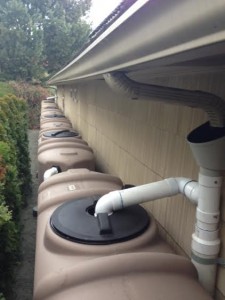 In urban areas, or within Seattle city limits where space is more of an issue, smaller volumes of storage can be used with buried water tanks or slim line design water storage tanks. As little as 3,000 gallons of storage can supplement a house as much as 70 to 80%.
In urban areas, or within Seattle city limits where space is more of an issue, smaller volumes of storage can be used with buried water tanks or slim line design water storage tanks. As little as 3,000 gallons of storage can supplement a house as much as 70 to 80%.